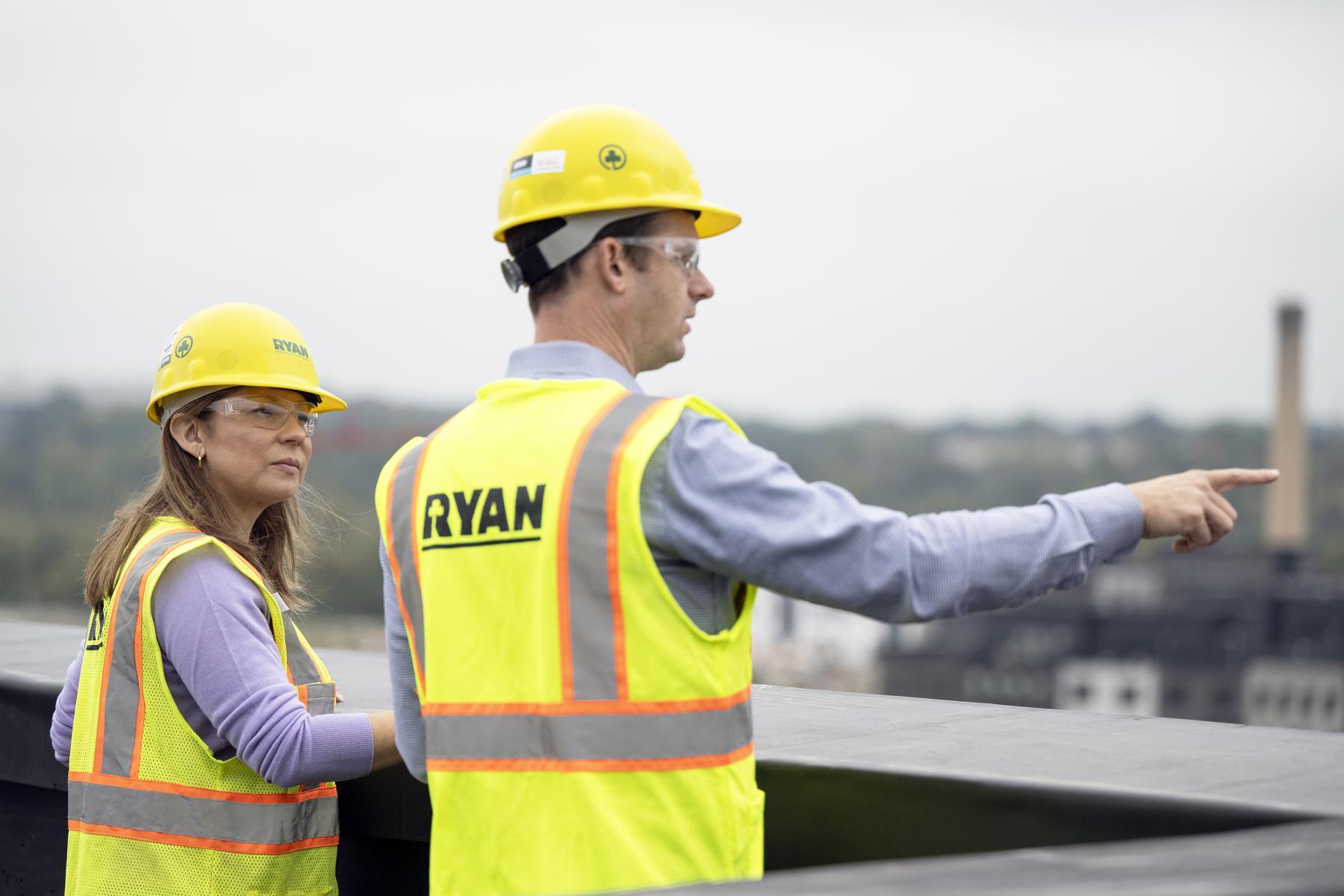From Soil to Success: Mastering Land Acquisition and Site Selection

Finding the perfect project site for a build-to-suit development project is like searching for a needle in a haystack. There’s no central repository of available sites, and each potential location comes with its own set of surprises. As commercial real estate developers, we understand that the journey from identifying a site to completing a successful project involves more than just checking boxes—it requires skill, experience and adaptability.
In this article, we’ll delve into key considerations for land acquisition and site selection, and insights to help navigate the complex landscape of real estate development.
1. Relationships Matter
Building relationships is the cornerstone of successful site selection for any build-to-suit project. From land brokers to city officials, every stakeholder plays a crucial role. Here’s why:
- Land Brokers: These professionals have their ears to the ground. They know about off-market opportunities and can connect to potential sites.
- Landowners: Establishing trust with landowners is essential. They may not be ready to sell today, but tomorrow could be a different story.
- City Officials and Community Members: Engage with local decision-makers and community members. Their insights can influence the project’s feasibility and acceptance.
2. Prioritize Labor Availability
Labor availability is a top priority for any company setting up a new facility. Consider demographics, projected growth patterns and the skills of the local workforce. Where are people moving? What jobs are in demand? Understanding these factors ensures that the site aligns with workforce needs.
3. Environmental Due Diligence
Environmental concerns can make or break a project. During due diligence, dig deep into the site’s environmental aspects:
- Soil Characteristics: Assess soil quality and stability.
- Environmental Assessments: Identify any contamination or ecological issues.
- Wetlands and Wildlife Studies: Understand the impact on natural habitats.
- Utilities and Future Plans: Collaborate with utilities providers and explore incentives.
4. Entitlement Timelines
Navigating bureaucracy is part of the game. Be clear about the entitlement timeline. Slow approvals, rezoning requirements and public notifications can delay your project. Communicate these timelines transparently to all stakeholders.
5. Knowing When to Walk Away
Persistence is admirable, but wisdom lies in knowing when to move on. Consider these scenarios:
- Costly Remediation: Some environmental issues may outweigh the benefits.
- Community Opposition: Strong resistance from neighbors or the city can hinder progress.
- Mismatched Vision: If the site or community doesn’t align with the client’s vision, it’s time to reconsider.
So, what’s the one thing to know? There’s no land in “Aisle Four.” There is rarely a perfect site. There is rarely a perfect development process. Instead, there are generally accepted guidelines which most sites and most projects won’t follow. How to solve this dilemma? These guidelines must be paired with the knowledge, experience, and savviness of the developer in navigating challenges, solving problems, gaining consensus, and creating acceptable solutions for all stakeholders. We bring a comprehensive approach to build-to-suit development and site selection, leveraging the strengths and knowledge of each of our service lines to create real estate solutions that meet the needs of today’s corporate users.
CONNECT WITH US
Contact Casey for your build-to-suit needs
